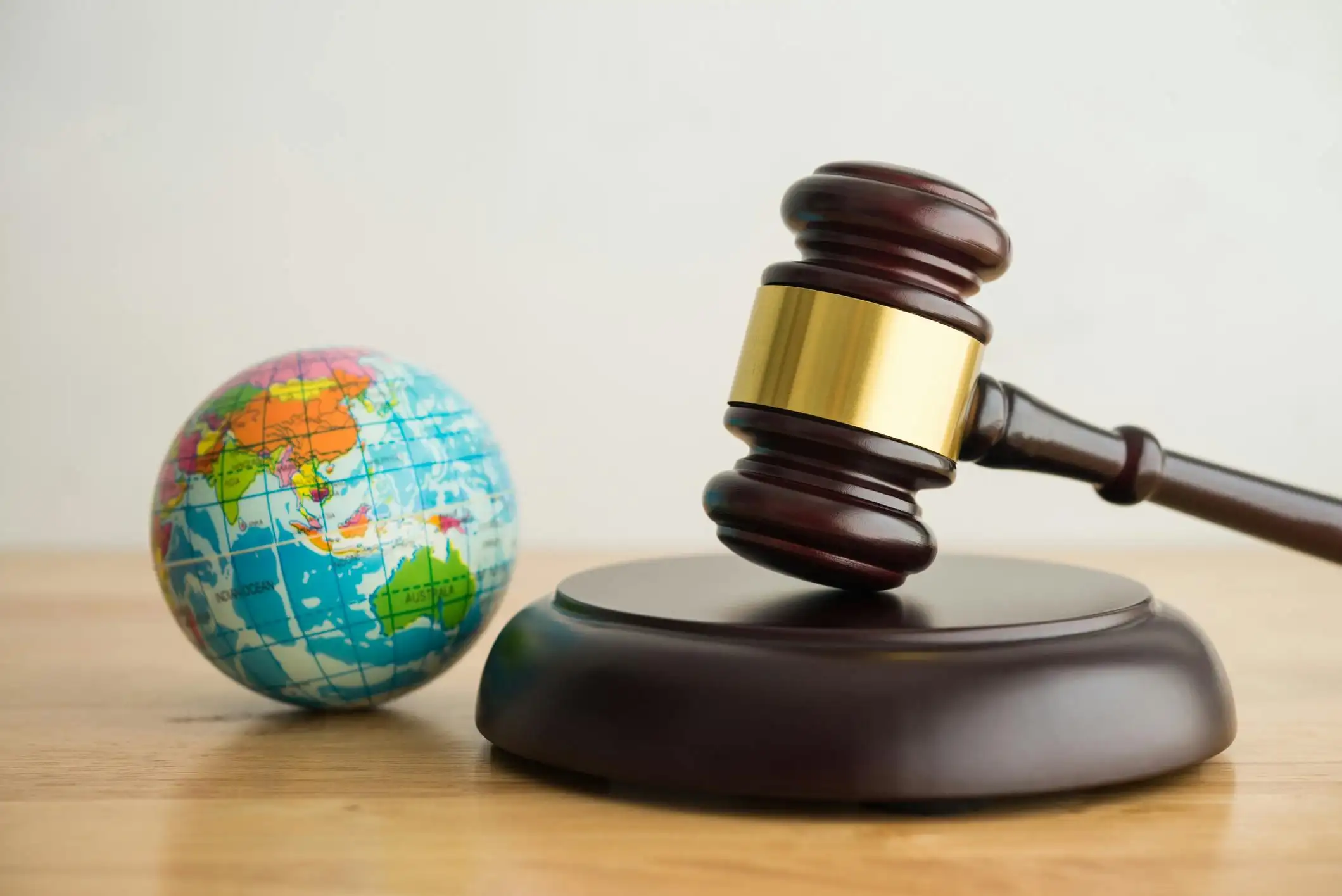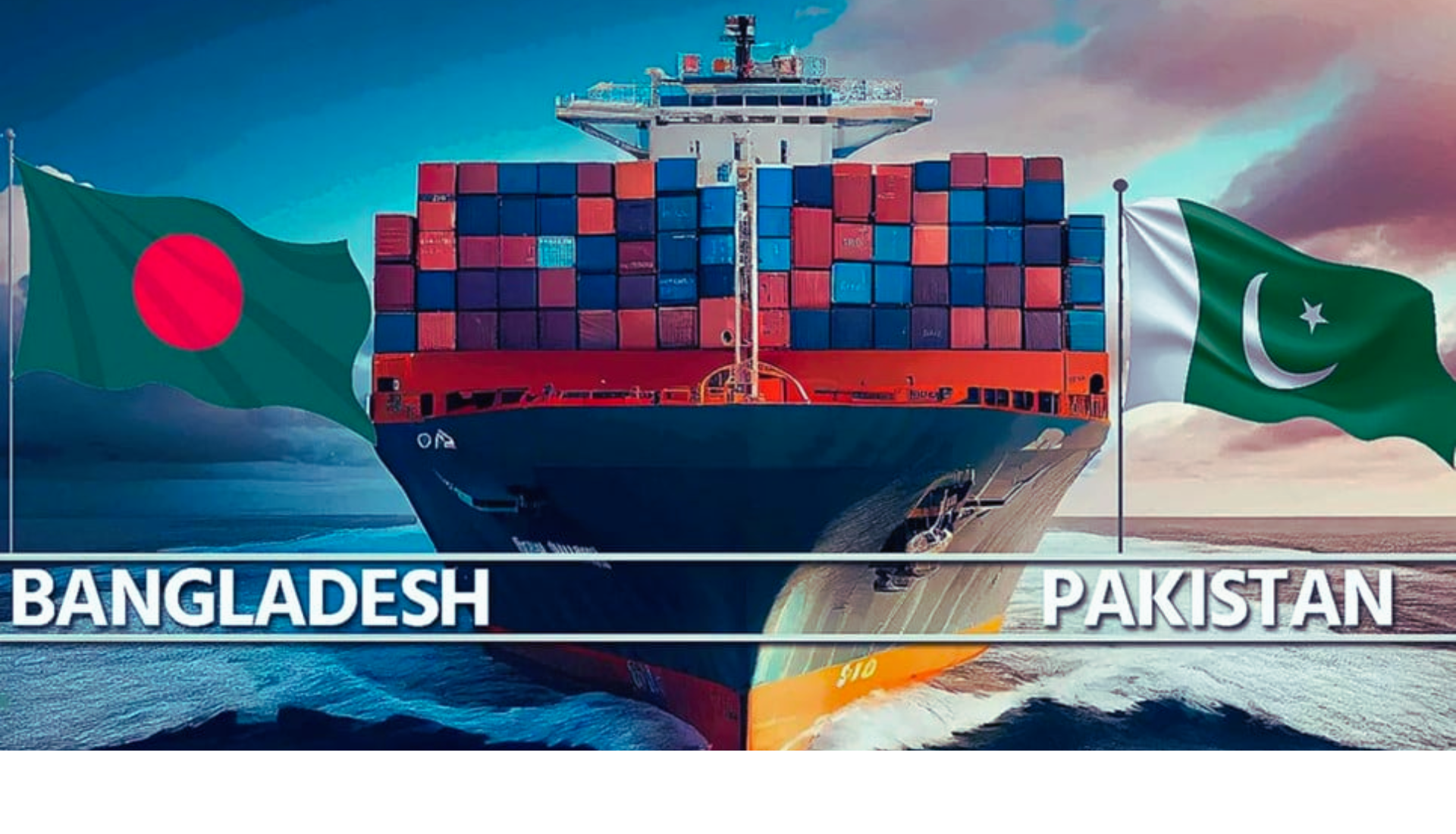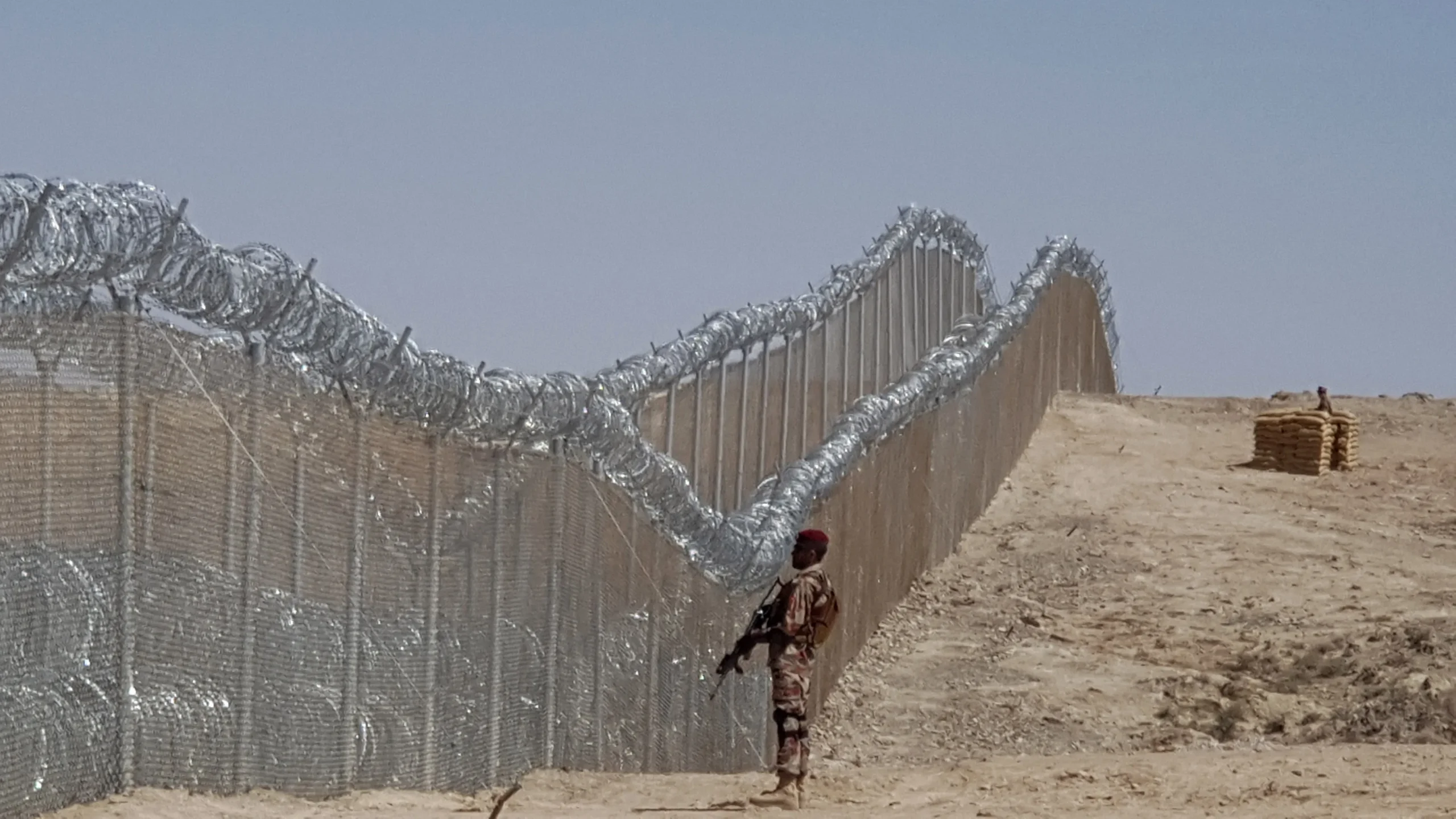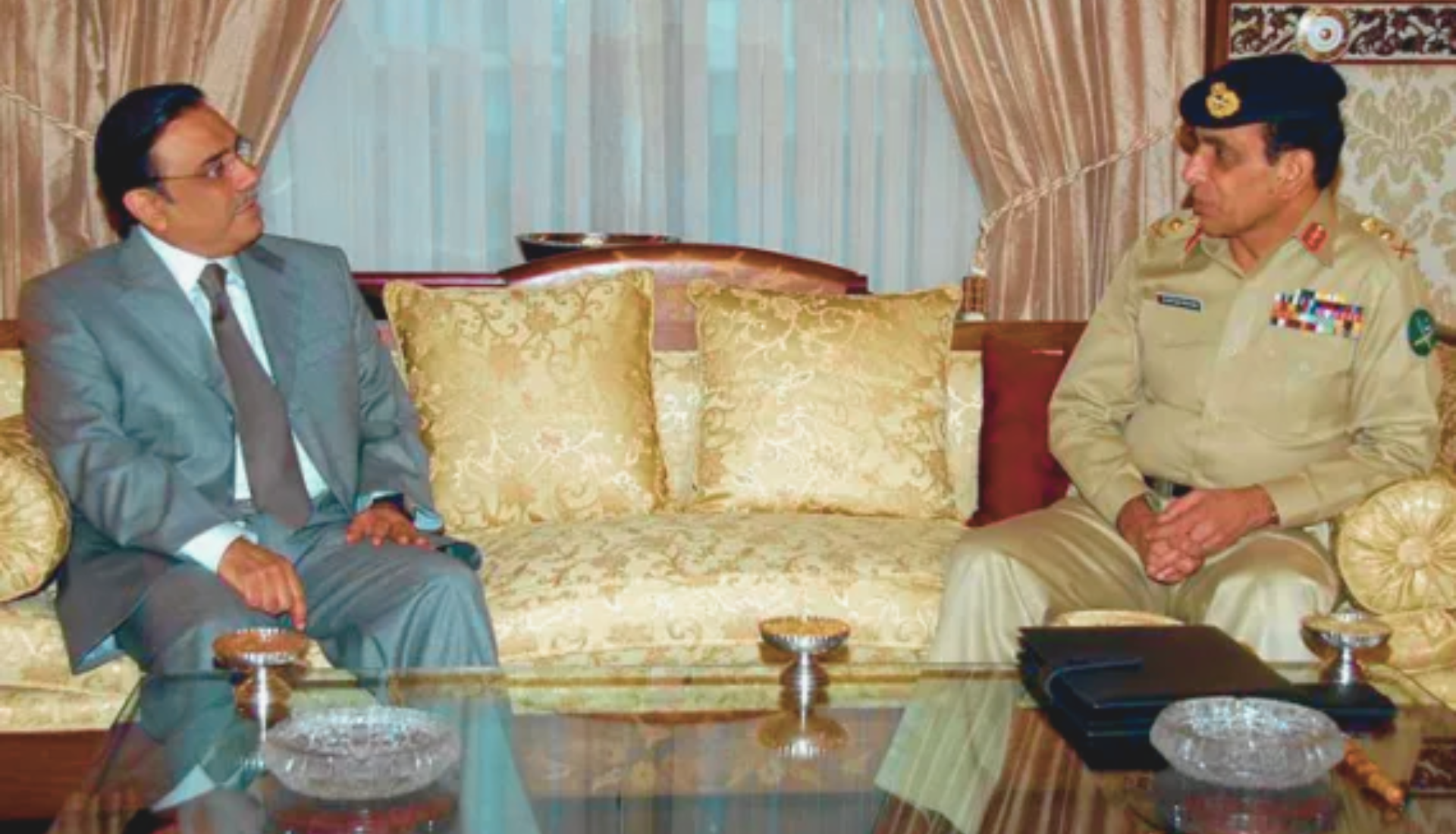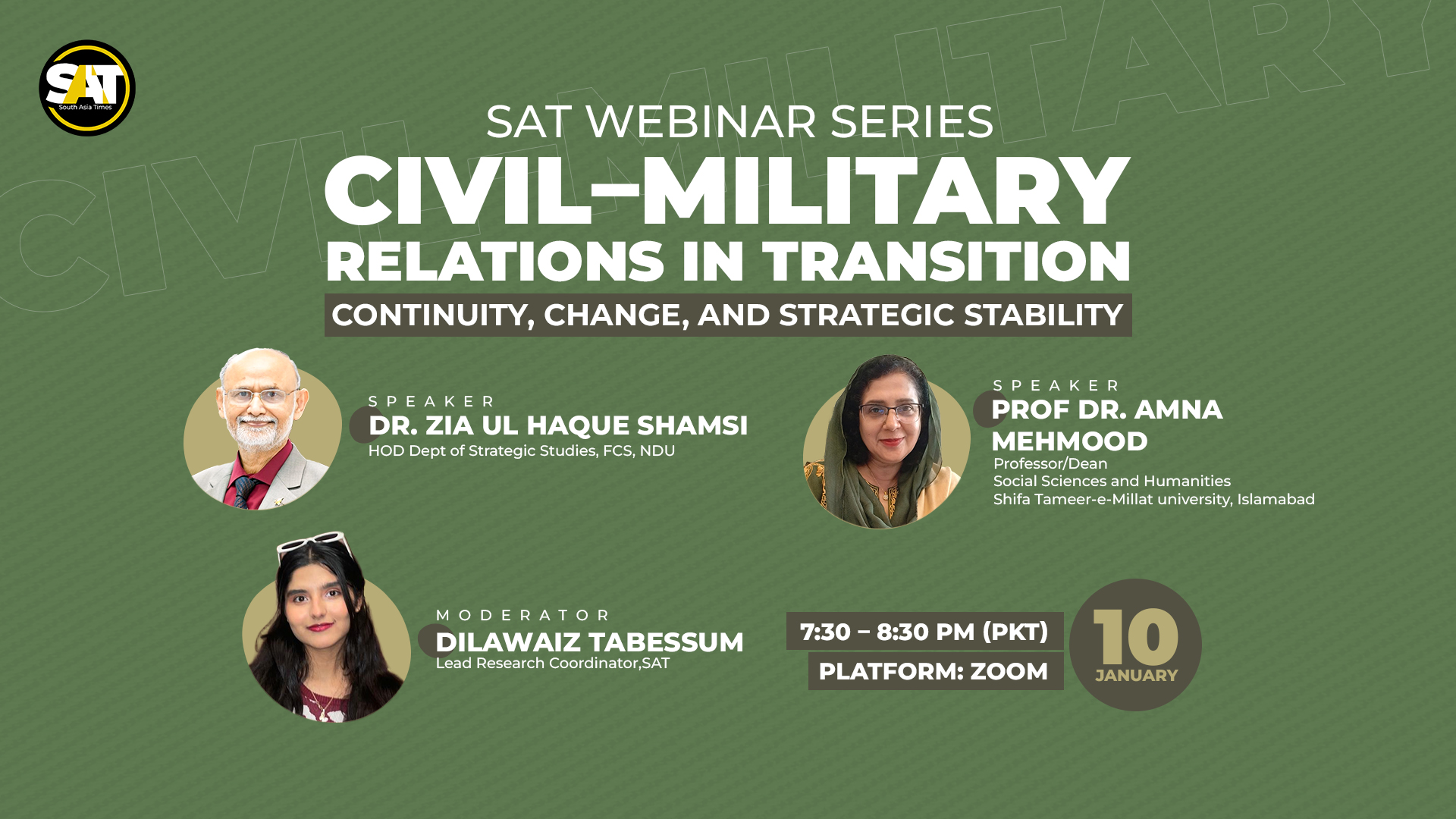“I heard my son screaming for me. His ribs had been hit by two bullets. What happened afterward is still a mystery because I lost my consciousness and woke up in Afghanistan, in a taxi, next to the body of my 16-year-old son,” a 35-year-old widow, Sakeena, an Afghan refugee had to narrate the heart-wrenching reality she had to face just because she was the unfortunate refuge-seeker in a foreign land. Fleeing with her six children, she came back home with five.
Every day, hundreds and thousands of people cross borders in pursuit of a better life, sometimes seeking nothing but essential safety. But the better life they seek is marred by life-long traumas of misconduct and maltreatment. The safety they wish to attain is brutally violated every day, just because they are who they are and they are the “other.” Such is the life of millions of Afghan refugees who had to flee the safety of their home because their home was no longer safe.
The Crisis of Belonging
“We are now seeing the third generation of Afghan children born in exile”
These words by Filippo Grandi, United Nations High Commission for Refugees (UNHCR) official, speak louder about the crisis of belonging that has traveled down to generations of Afghan refugee, growing up amidst an illusion of home. The longing they have seen in their peers still haunts the younger Afghans, and just as potent is the desire to know what home feels like. The United Nations High Commission for Refugees (UNHCR) estimates the number of these restless souls at around 6 million, forcibly displaced from their homes by the end of 2021. Among these, 2.6 million were forced across the borders and accounted for protracted refugees living across 98 countries, the highest in the world after Syria and Venezuela.
Political turmoil only made things worse. The events that followed the Taliban takeover of Kabul last year led to increased unrest, leading to more human suffering and displacement. 180,0000 people are estimated to have departed the country since January 2021 seeking international protection. The original numbers are likely to be much higher, and so is the intensity of misery and inhumane living conditions.
The most protracted displacement in UNHCR’s seven-decade history, the patterns of Afghanistan’s mixed migration flows are just as complex. All the variables considered, studies have found natural disasters and armed conflict to be the main drivers behind these waves of mass movements. As a reactionary phase, deportation and forceful expulsions coupled with uncalled-for mistreatment, a high volume of returnees has also been recorded.
From placing an undue burden on the Afghan Interim Government to increasing chronic vulnerabilities among the population, this phase has come with the country’s drift down the scale on the Global Hunger Index. 103 in 2021 to 109 in 2022, the hunger crisis exposes the indifference and duality of the rich world towards innocent lives.
Refugees and Racism
With an all-out war on the Ukrainian front and a chaotic withdrawal from Afghanistan, the past 15 months came with recurrent warnings to not forget the vulnerabilities of one population at the cost of the other. Yet, the inevitable happened. Western media remained vocal in capitalizing on the sentimentality of the Europeans by increasingly portraying Ukrainians as being unjustly oppressed and invaded. The Afghan situation following the takeover of Kabul remained largely missing from the media discourse. The consequence was just as feared.
While the world opened its arms to 15 million Ukrainians, it simultaneously became more hostile to the Afghans, laying bare the duality of public opinion and receptivity towards refugees of different color and race.
This duality may be attributed to shared heritage and cultural closeness between Europe and Ukraine, but it has also made certain that Europeans do not view all refugees as equally meritorious to be worthy of asylum and refuge. Deprived of home on one hand, the Afghans also have been subject to unjust deportation during the last year. Earth growing smaller under their feet, the rich and riches of the world have names of the privileged carved on them, while refugees from a turbulent piece of the land walk barefoot finding a place to peacefully rest on.
Afghan Refugee: Regional Countries and Deportation
The indifference of the global rich aside, the violence Afghans have had to face in the neighboring countries is just as deplorable. At a time and in a situation when nothing could have helped the homeless but a basic level of empathy and human decency, they have been subjected to inhumane torture, violence, and forced expulsion.
Iran, alone, has expelled an estimated 1,35000 Afghans during the past six months.
In an utter display of zero regards for international standards, Turkey and Tajikistan have also treated Afghan refugees cruelly. The use of guns as a pushback tactic against harmless and weaponless Afghans by border security forces in Iran and Turkey remains the most brutal sight with consequences that no innocent people deserve to bear. This unjust violence caused injuries and fatalities among families that have been wanting to stay together and stick together but were stolen away from familial love and comfort, for good. Not have the border authorities breached International Law by stepping out of their jurisdiction but they have also violated the right to life, the right to seek asylum, and the principle of non-refoulment, by firing at persons who are seeking to cross the border to find sanctuary.
Eleven refugees were mercilessly shot down by Iranian forces and three by Turkish; Amnesty International, upon investigation, found no imminent threat of death or serious injury to security personnel that would meet the threshold for the use of firearms. This proves nothing but utter trespassing of international norms that respect and safeguard refugees. Coming from countries of the region, this will serve as a reminder for the coming generations of Afghans that they can only find a home within their home country.
Afghan Refugee and Immediate Neighbors
International Committee of the Red Cross (ICRC) published a report in 2009 that estimates that three out of four Afghans had at some point in their lives experienced displacement.
Neighboring countries are the most likely destinations when people face unlikely and chaotic circumstances in their home country. Afghans also, naturally, turned to their nearest borders when faced with turmoil. They settled in Pakistan and Iran, the two countries that host 2.3 million Afghan refugees. On the other end, if one considers India, the aspiring regional hegemon, and how welcoming it was in taking in refugees, a rather bleak scenario emerges. Not being a signatory to the 1951 Refugee Convention nor the 1967 protocol, India’s national law suggests that refugees have never been a matter of priority, and hence a smaller number of Afghans could turn to this country, which hosts around 15,217 Afghan refugees.
Assessing the cases of asylum on an individual basis and in the absence of a stated policy pertaining to refugees, India never was and is a likely and safe place for the homeless and deprived Afghans. However, despite the absence of domestic law, Articles 51(c) and 253 of the Indian constitution combined bind the country to act in accordance with International Law. In contrast, millions of people fleeing Afghanistan found a place to not just take immediate refuge but also raise generations and build livelihoods, in the other neighbor – Pakistan. It is through this rampant movement of Afghans to and fro the border that the two countries are counted as an example of unmatched people-to-people contact.
What UNHCR Has to Say?
The undue torture aimed at a displaced, homeless population calls for revisiting the international norms to draw the line in the right direction and to see where the responsibility falls. UNHCR guidance note on International Protection needs of people fleeing Afghanistan states:
“Based on the current uncertainties related to rule of law and governance and human rights violations in the country, UNHCR calls on all countries to allow civilians fleeing Afghanistan access to their territories, to guarantee the right to seek asylum, and to ensure respect for the principle of non-refoulment at all time.”
Taking guidance from this guidance note, the deniability of access to their territories, and countries inside and outside the region are equally responsible for treating Afghans in an unjust, inhumane demeanor. Deporting them back against their will is also no less than violating the set international norms. The United States announced its Enduring Welcome Policy stating that the US will stop the temporary relocation of Afghans to the US and is focusing on reuniting immediate family members without any pathway to permanent lawful residence.
Also Read: Afghanistan Endgame or a Beginning of a New Game?
Given this unwelcoming attitude of the world towards Afghan refugees, issues linked with maltreatment and deportation are manifolds. From reintegration into society to finding education and work opportunities amidst an already struggling Afghan economy and infrastructure, the challenges hint at the possibility of remigration. Afghans returning to Afghanistan will intensify the crisis of urbanization for they will prefer to settle in the cities, rather than the peripheries.
The responsibility lies with the interim government of the Islamic Emirate of Afghanistan government to work in coherence with the international community in forming up a comprehensive reintegration framework that facilitates the relocation, safe return, and rehabilitation of Afghan refugee. The international community should also support initiatives for returnees in ways that focus on short-term productive steps such as cash allowances, housing allowances, and small businesses alongside vocational training. The crisis that the country is facing has been fueled by multiple actors and thence the responsibility of all to ensure effective steps to mitigate the misery of the Afghans. And until safe relocation and resettlement are ensured, the world can at least be kinder to these people who did not so much choose to be in circumstances that were imposed upon them.
The views expressed in this article are the author’s own. They do not necessarily reflect the editorial policy of the South Asia Times.

![Afghan refugees arrive at the Torkham border crossing in Pakistan to cross over into Afghanistan on November 2, 2023 [Image via Al Jazeera]](https://southasiatimes.org/wp-content/uploads/2022/11/Afghan-refugees-arriving-at-the-Torkham-Border-crossing-1699011483.webp)
